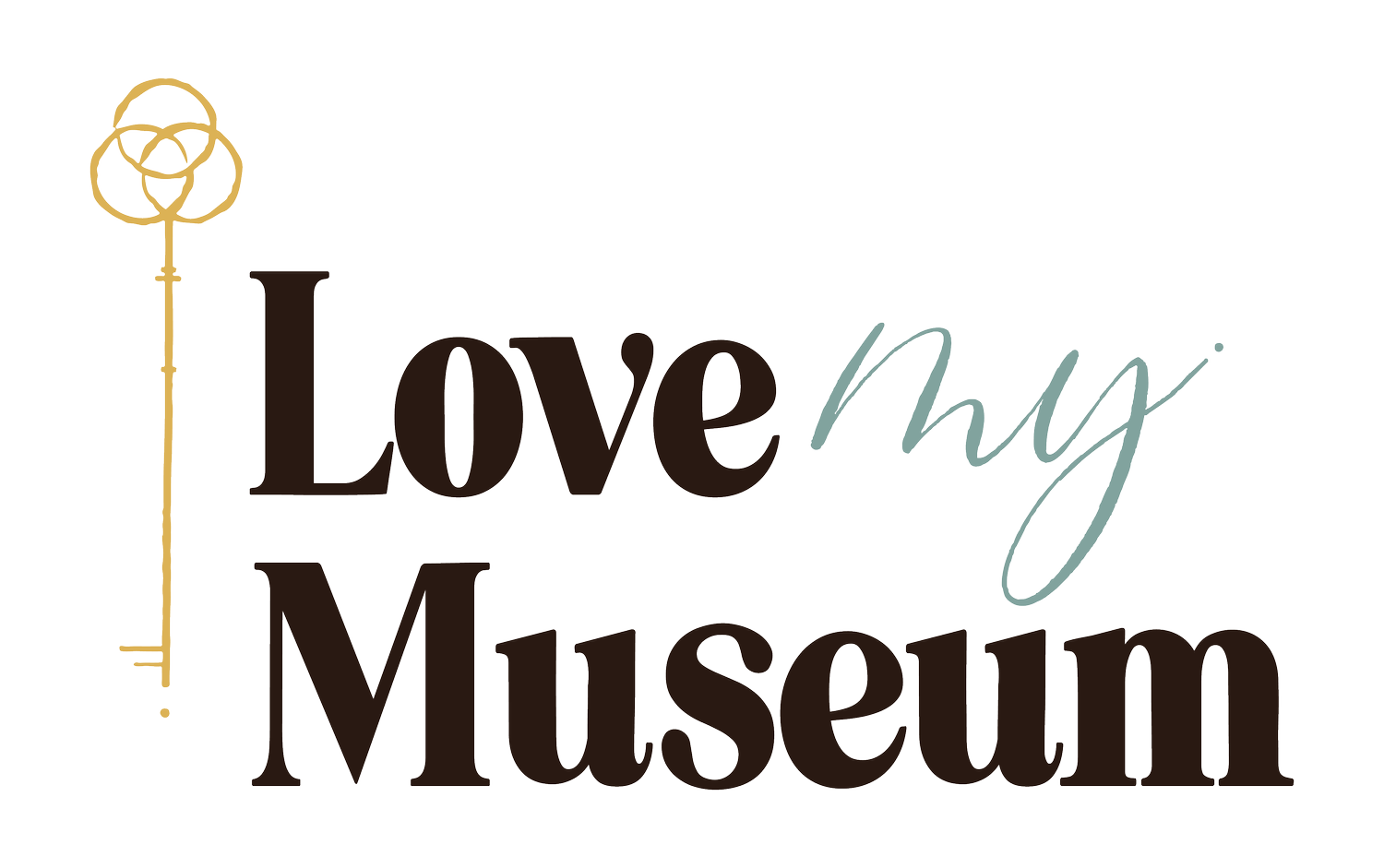Creative Design and Your Visual Brand
“Creativity is allowing yourself to make mistakes. Design is knowing which ones to keep.” —Scott Adams
In the current world of websites like Canva and Fivver, why does anyone need a designer anymore? Many organizations assume that with these websites they can “DIY” the design aspect of their organization. Could they make a logo themselves on Canva? Sure. Could they hire a college student or side hustler on Fivver to whip up a brand kit? Sure. Afterall, the DIYer might think, who knows my museum better than me? But, nothing could be farther from the truth. There are many museums that put all of their eggs into this DIY “basket,” only to learn too late that they have no idea where to start. They pick their favorite color and a cool font and make it into a logo and call it their museum’s brand. They go through the motions not even realizing the positive potential impact that professional branding can have on their museum. Even though I mostly deal with “the words,” I know the importance of starting with a good visual brand before you even tackle the messaging. The visual brand is what needs to quickly grab your audience’s attention and the messaging makes them stick around.
I interviewed Lindsay Williams, the owner of Lindsay Williams Design. Lindsay is a brilliant brand strategist and designer. She designed my brand and we’ve also worked together on several projects. She has taught me so much about what goes into developing a visual brand and then how to use the elements consistently as a system. She brings over fifteen years of experience, including working as a designer in the United States Congress. In addition to having a Master’s degree in Media Design, Lindsay double majored in Biology and Visual Communication as an undergraduate at Washington University. “My roots in science paired with my years of experience have helped me develop a methodical process to reach the best possible visual design for each client,” she says.
Here’s what Lindsay said during our interview:
Why is a museum’s brand important?
A museum’s “brand” tells the world what they can expect from the museum and what sets them apart from the other museums. It is the organization’s story. It’s the who, what, when, where, why and how all wrapped up into one neat package. It’s the story of why someone should want to interact with an organization. The visual component of this story is often the first impression and the first touch point that the world has with the organization. It could be on a business card, website, museum flyer, wayfinding signage, exhibition panels, exhibit companion book, letterhead or a social media site. This is especially important when the museum has a variety of artifacts in its collection, staying “on brand” can bring an element of cohesion to the work that the museum does.
Why should a museum have a brand designer?
The selection and management of brand identity is something that should be researched, well-thought out and carefully designed. A brand designer brings a wealth of knowledge and expertise and knows how to conduct the necessary research and then translate that research into a design that successfully conveys a museum to their target audience. By using fonts, colors, patterns and shapes, a designer hones in on an museum’s mission and crafts a visual identity that goes beyond just the physical senses but also creates a feeling. This creative process involves detailed research, synthesis of information, thoughtful observation and even psychology.
What do you see is the biggest mistake people make after you’ve created a brand for them?
Often people will invest in the creation of a brand but then they don’t use it consistently. Maybe they get bored with it and so they make exceptions and don’t use it. Maybe they change it up frequently or try-out new design elements like color or font. Maybe they don’t educate their entire staff on the importance of using the visual elements in the brand kit. But this means they never really build up brand recognition and so they never see the power that brand recognition can have on their museum. Having a strong and recognizable brand will promote your museum, help establish trust when you want to introduce new exhibits or programs, and differentiate your museum from others. So, use that brand kit exactly as it was created and use it often!
